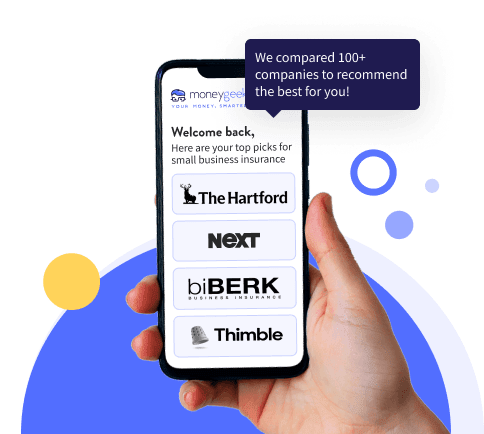Professional liability insurance costs an average of $82 monthly for small businesses, but premiums range from $25 to $193, depending on your situation. We based these rates on quotes we analyzed for businesses with two employees earning around $300,000 annually and existing coverage.
Your actual premium varies widely based on several factors. We'll explain what drives these differences and show how rates vary between industries and states.



